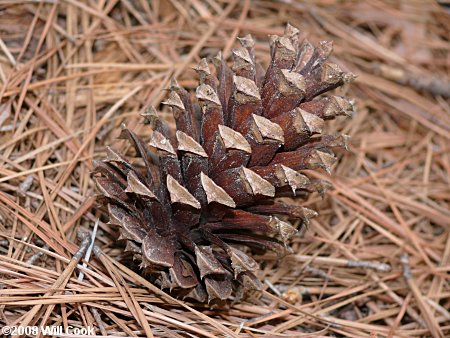Pablo Picasso is a Spanish artist who created works during the 20th century. Picasso's artworks developed from a realistic style in his early years to a variety of more abstract works that formed in the many later periods of his life. He is most well-known for his Cubism paintings, which he co-founded and helped develop into an accepted form of modern art. The ideas for Picasso's works were usually derived from what was going on in his life at that time. His materials and the form of the artwork often reflected those times. For example, Picasso's Blue Period reflects the more depressing years of his life and he demonstrated that in his art by using blue tones and making the forms more somber. Another example is the
Guernica, in which Picasso very effectively captured the chaos and painful emotion through cubism.
Overall Impression:
My impression of Pablo Picasso is that he was a very successful artist, not only because he managed to create a new art movement, but because of the expression and uniqueness in his art. It is difficult for an artist to find their personal style and Picasso found that his was not invented yet, so he created it. He was then able to transfer the idea of Cubism into sculpture, which is quite an impressive task to be able to capture the many sides and stylistic parts of a work in a 3D manner.
Closing Thoughts:
Picasso's work has withstood the test of time and his paintings and sculptures continue to be admired by people today. He has inspired many artists that have come after him and he continues to do so now. His contribution to the art world not only includes his artwork, but the invention of new art styles and movements. Overall, Picasso was a great artist whose work will continue to be relevant in years to come.
Sources:
- http://en.wikipedia.org/wiki/Pablo_Picasso
- http://www.pablopicasso.org/
- http://www.picasso.com/life.aspx













































.jpg)
.jpg)









